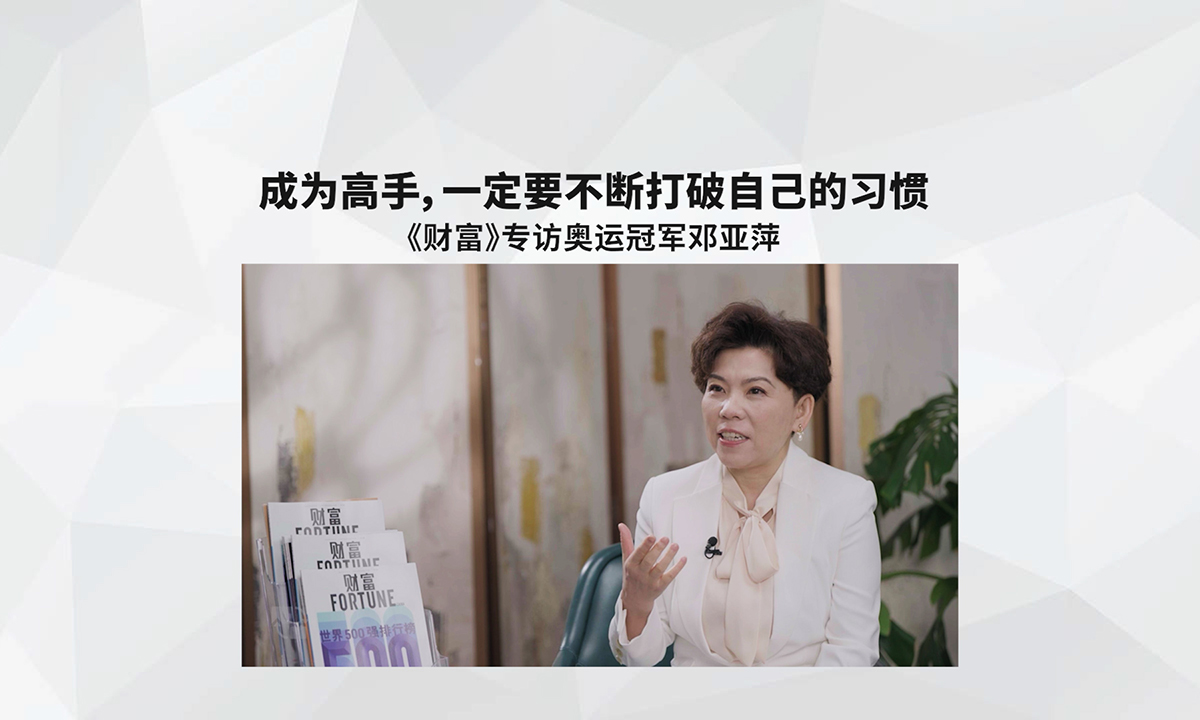免费+增值模式:企业用户买账吗
从右至左依次为:Survey Monkey公司首席执行官大卫•哥德伯格、Index Ventures公司合伙人迈克•沃尔皮以及《财富》科技头脑风暴大会的与会者
|
最近,游戏《愤怒的小鸟》(Angry Birds)的开发商Rovio和在线音乐服务商Spotify这类以消费者为中心的公司大获成功,证明免费+增值这一商业模式在消费领域无往不利。问题在于:这种模式的魔力是否能对企业级用户奏效。
这一问题也是今早财富科技头脑风暴(Fortune Brainstorm Tech)圆桌早餐会所讨论的议题,参加该讨论的主要人员包括在线网络调查公司Survey Monkey的首席执行官大卫•哥德伯格、社交网络Ning公司首席执行官杰森•罗森赛尔、Index Ventures科技风投公司合伙人迈克•沃尔皮以及ccLoop软件公司首席执行官迈克•沃尔非。
“我觉得这种模式与用户是企业或还是消费者无关,”罗森赛尔说。他的社会媒体公司(很大程度上)已经从消费者转向了公司客户,相应的,其运作模式也由原来的靠广告费支撑的免费模式变为单纯的收费模式。这一转变带来了丰厚的回报。Ning去年的付费客户数量由17,000名增加至100,000名。在会上,罗森赛尔还透露,公司的年收入增加了500%。
人们普遍认为付费高级用户模式同样也适用于以业务为中心的企业和服务业,但是前提条件是公司需要有一个合理的架构。对于Ning来说,它的免费服务之所以没有取得很好的成绩是因为公司提供的免费服务的价值太高。这一理论也得到了其他与会人员包括职业社交网站Linked In(LNKD)公司产品及用户体验部高级副总裁迪普•尼沙尔的响应。
“如果你给予客户的价值是十分有限的,而且免费与收费之间的界限设置得不合理,(这种模式肯定行不通),”尼沙尔说,“我认为问题在于这个界限的设置,如果免费模式能为消费者带来恰到好处的甜头,就能打动人们接受免费+增值模式”。
此次讨论曾多次提及文件共享服务商Dropbox公司,将其视为免费+增值模式的成功典范。Dropbox公司是由朱•休斯顿和阿瑞希•弗道斯共同创建的公司,主要提供文件同步服务。据最近的报道显示,该公司深受用户的青睐,已拥有2,500万名用户,其中包括美联航(United Airlines)、红牛(Red Bull)、甚至哥德伯格的Survey Monkey公司。Dropbox公司的运营模式就是:用户可免费获得2G初始存储容量,每月付费9.99美元即可获得50GB的容量,每月付费19.99美元即可获得100GB的容量。沃尔皮说这个模式之所以能行得通是因为其一,简单明了;其二,不同的价格对应不同的容量,因此客户对于花钱所享受到的服务也就一目了然。像Dropbox这样的公司在提供免费服务时会确保适可而止,因为提供的免费项目越多,对付费项目感兴趣的用户就会越少。
“放之四海而皆准”的免费+增值模式是不存在的,但是有几点必须铭记于心。其中之一要杜绝的是这样的点子:用户可免费试用本产品30天。对于用户而言,他们更愿意为核心功能之外提供的附加功能掏钱,而不是在试用期内凑合使用某款产品。
做好准备,开始尝试——而且是反复尝试,尽管这一观点看起来可能很抽象。
沃尔夫曾说过:“人的行为很难预测,所以每次都得尝试不同的做法。” |
With consumer-focused companies like Angry Birds developer Rovio and Spotify proving that freemium is a valid business model in the consumer space, the next question becomes: can freemium also work its magic with enterprise?
That was the theme of one breakfast roundtable earlier this morning at Fortune Brainstorm Tech, featuring Survey Monkey CEO Dave Goldberg, Ning CEO Jason Rosenthal, Index Ventures partner Mike Volpi, and ccLoop CEO Michael Wolfe.
"I don't think it's a business or a consumer thing," said Rosenthal, whose social media company (largely) pivoted from consumers to corporate customers, and in doing so, also switched from a mostly free ad-supported model to a an all-paid premium one. The gamble paid off: Ning went from just 17,000 paid customers last year to 100,000, and Rosenthal said during the panel that revenues are up 500% year-over-year.
The general consensus appeared to be a "freemium" model can work for business-focused companies and services, but only if it's structured just right. For Ning, the reason its free tier didn't work was because the company offered up too much value for free, a theme echoed by others in attendance, including Deep Nishar, LinkedIn (LNKD) Senior Vice President of Product and User Experience.
"[It doesn't work] if your value is very finite in terms of what you're giving users, and you don't draw the right boundary to get over that critical threshold," said Nishar. "I think there's a critical threshold issue, and if you give just enough of a taste of what's possible with that free model, then you can move people to freemium."
Dropbox came up several times during the discussion as a freemium-based success story. The popular file-syncing service co-founded by Drew Houston and Arash Ferdowsi recently reported 25 million users -- including businesses like United Airlines, Red Bull, and even Goldberg's Survey Monkey -- relying on a model where the first two gigabytes of storage is free, $9.99 a month for 50 GB, and $19.99 a month for 100 GB. Volpi says that model works because it's very simple, and each price plan represents a big step up in storage so users can easily justify ponying up more money. A company like Dropbox also doesn't give away too much utility for free because as he sees it, the more a company generally gives away gratis, the smaller their potential paid userbase becomes.
There isn't a "one-size fits all"-type freemium model to follow, but there are a few things to keep in mind. One idea to seriously avoid: giving users say, a 30-day limited-time free trial. Users are more comfortable eventually paying for services that say, offer additional features around a core utility, rather than having a short time frame to tinker with a product.
And while it may sound abstract, be prepared to experiment -- a lot.
Said Wolfe: "People don't behave the way you think they might, so you'll have to test everything." |











